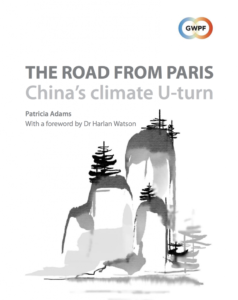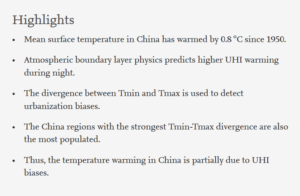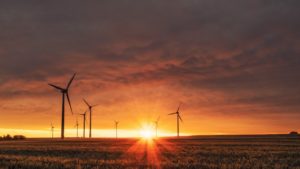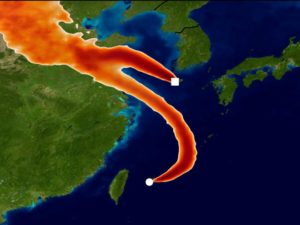by Dr. Benny Peiser, Nov. 5, 2019 in ClimateChangeDispatch
The Paris Climate Agreement, far from securing a reduction in global CO2 emissions, is fundamentally a blank cheque that allows China and India to increase their emissions as they see fit in pursuit of economic growth.
This is the conclusion of a new paper by Law Professor David Campbell (Lancaster University Law School) and published today by the Global Warming Policy Foundation.
For the last 25 years, international climate change law has failed to agree on a program of global emissions reductions.
Indeed this law grants permission to major emitters such as China and India to emit as much as they see fit. Global emissions reductions, therefore, have always been impossible and since 1992 global emissions have enormously increased.
Indeed, the Paris Agreement contains a categorical statement that countries such as China and India will not be obliged to undertake any reductions.
The UK Government proposes to continue with decarbonization even though Britain’s unilateral decarbonization is utterly pointless and thus wholly irrational.
Read the full paper here (PDF)



















